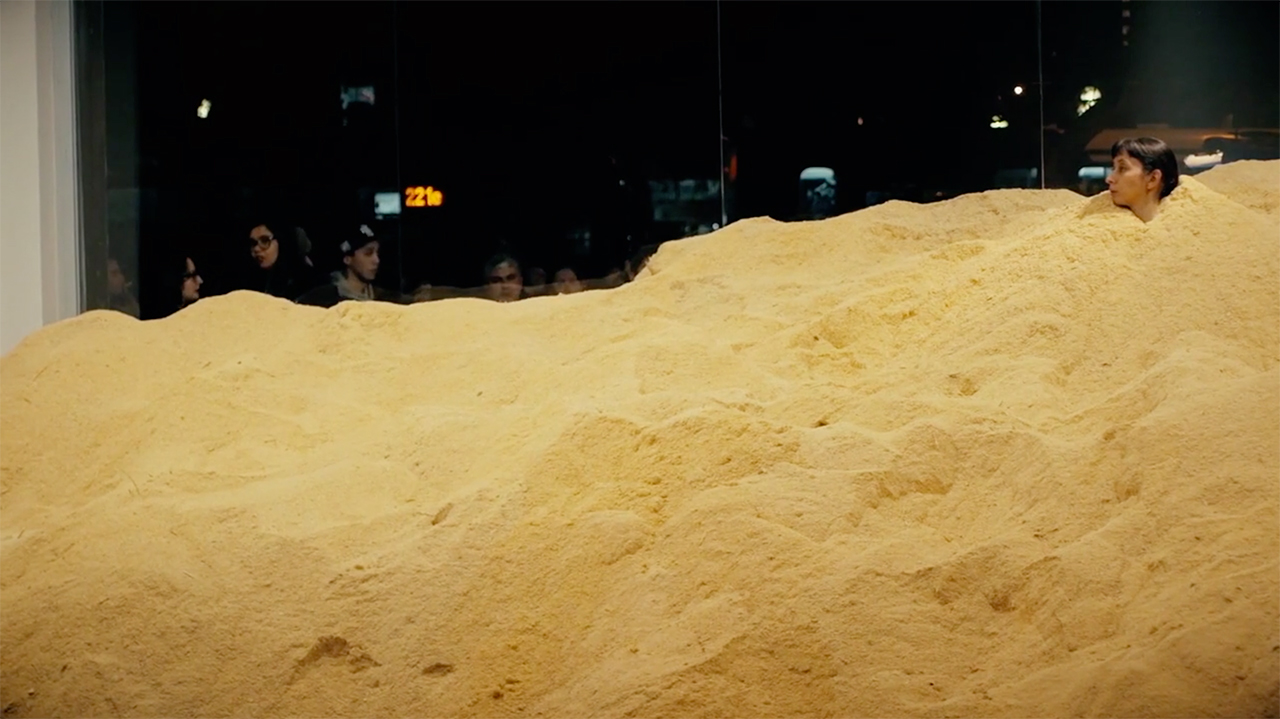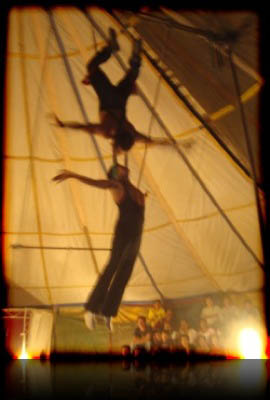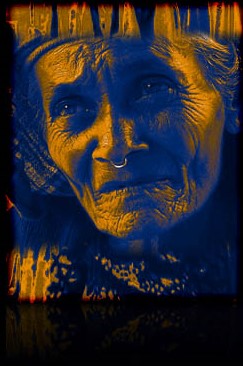Personal stories, public voices: Performance for public-making
DOI:
https://doi.org/10.25071/1913-5874/37393Abstract
The project described in this paper rests on a belief in the power and significance of storytelling in social change processes. It also takes seriously worries and critique about ‘what happens’ when personal stories of troubles or suffering are told to strangers, particularly as they revolve around contradictory claims about empathy. Over several months our research team worked with a group of women who have experienced homelessness and who are advocates for themselves and other women in our community. The women participated in a series of storytelling and image theatre workshops and exercises that formed the basis of a 20-minute dramatic vignette centered on their interactions with social services in the city. The creative process was designed to value the knowledge carried in personal stories of lived experience, while harnessing the power of the arts to evade some of the problematics of personal storytelling in public spaces. The women performed the vignette for social work students. In this paper we reflect on comments from students who witnessed the performance and offer our analysis of their responses in relation to specific features of the drama. In a discursive context that holds individuals responsible for all manner of social problems, we consider the potential of projects like this one for summoning and mobilizing publics and publicness.
References
Amiel-Houser, Tammy, and Adia Mendelson-Maoz. “Against Empathy: Levinas and Ethical Criticism in the 21st Century.” Journal of Literary Theory 8.1 (2014): 199-218. Print.
Badwall, Harjeet Kaur. “Colonial Encounters: Racialized Social Workers Negotiating Professional Scripts of Whiteness.” Intersectionalities: A Global Journal of Social Work Analysis, Research, Polity, and Practice 3.1 (2015): 1-23. Print.
Badwall, Harjeet Kaur. “Racialized Discourses: Writing against an Essentialized Story About Racism.” Intersectionalities: A Global Journal of Social Work Analysis, Research, Polity, and Practice 5.1 (2016): 8-19. Print.
Belfiore, Eleonora, and Oliver Bennett. “Determinants of Impact: Towards a Better Understanding of Encounters with the Arts.” Cultural Trends 16.3 (2007): 225-75. Print.
Bennett, Jill. Empathic Vision: Affect, Trauma, and Contemporary Art. Stanford UP, 2005. Print.
Beresford, Peter. “Presenting Welfare Reform: Poverty Porn, Telling Sad Stories or Achieving Change?” Disability & Society 31.3 (2016): 1-5. Print.
Boler, Megan. “The Risks of Empathy: Interrogating Multiculturalism’s Gaze.” Cultural Studies 11.2 (1997): 253-73. Print.
Bouvier, Paul. “Humanitarian Care and Small Things in Dehumanised Places.” International Review of the Red Cross 94.888 (2012): 1537-50. Print.
Bryant, Darren, and Penney Clark. “Historical Empathy and ‘Canada: A People’s History’.” Canadian Journal of Education/Revue canadienne de l’éducation 29.4 (2006): 1039-63. Print.
Burchardt, Marian. “The Self as Capital in the Narrative Economy: How Biographical Testimonies Move Activism in the Global South.” Sociology of Health & Illness 38.4(2015). Print.
Church, Kathryn. Forbidden Narratives: Critical Autobiography as Social Science. Vol. 2: Psychology Press, 1995. Print.
Costa, Lucy, et al. ““Recovering Our Stories”: A Small Act of Resistance.” Studies in Social Justice 6.1 (2012): 85-101. Print.
Cruikshank, Julie. The Social Life of Stories. Narrative and Knowledge in the Yukon Territory. U of Nebraska P, 2000. Print.
Curry-Stevens, Ann. “Persuasion: Infusing Advocacy Practice with Insights from Anti-Oppression Practice.” Journal of Social Work 12.4 (2012): 345-63. Print.
deBie, Alise “Gross Stories: How to Elicit a Gross Story; How to Make Someone’s Story Feel Gross to Them; What Happens to These Gross Stories?; and, Feeling Less Gross after Telling a Gross Story.” Zines submitted for graduate courses & published in part through the Hamilton Mad Students’ Collective, McMaster University,2014. Print.
Furman, Rich, Ann Coyne, and Nalini Junko Negi. “An International Experience for Social Work Students: Self-Reflection through Poetry and Journal Writing Exercises.” Journal of Teaching in Social Work 28.1-2 (2008): 71-85. Print.
Gair, Susan. “Inducing Empathy: Pondering Students’ (in)Ability to Empathize with an Aboriginal Man’s Lament and What Might Be Done About It.” Journal of Social Work Education 49.1 (2013): 136-49. Print.
Gair, Susan. “Walking a Mile in Another Person’s Shoes: Contemplating Limitations and Learning on the Road to Accurate Empathy.” Advances in Social Work and Welfare Education 10 (2008): 19-29. Print.
Galloway, Susan. “Theory-Based Evaluation and the Social Impact of the Arts.” Cultural Trends 18.2 (2009): 125-48. Print.
Georges, Robert A. “Toward an Understanding of Storytelling Events.” The Journal of American Folklore 82.326 (1969): 313-28. Print.
Gerdes, Karen E, et al. “Teaching Empathy: A Framework Rooted in Social Cognitive Neuroscience and Social Justice.” Journal of Social Work Education 47.1 (2011): 109-31. Print.
Jones, Alison, and Kuni Jenkins. “Rethinking Collaboration: Working the Indigene-Colonizer Hyphen.” Handbook of Critical and Indigenous Methodologies Eds. N. K. Denzin, Y. S. Lincoln & L. T. Smith, Thousand Oaks: Sage, 2008. 471-86. Print.
McCoy, Liza. “Keeping the Institution in View: Working with Interview Accounts of Everyday Experience.” Institutional Ethnography as Practice. Ed. D.E.Smith. Lanham: Rowman & Littlefield, 2006. 109-26. Print.
Newman, Janet. “Performing New Worlds? Policy, Politics and Creative Labour in Hard Times.” Policy & Politics 41.4 (2013): 515-32. Print.
Newman, Janet. “Public Leadership as Public-Making.” Public Money & Management 31.5 (2011): 315-22. Print.
Nouvet, Elysée, et al. “What Are You (Un)Doing with That Story?” (Submitted 2016). Print.
Phillips, Catherine. “Pain(ful) Subjects Regulated Bodies in Medicine and Social Work.” Qualitative Social Work 6.2 (2007): 197-212. Print.
Plummer, Kenneth. Telling Sexual Stories: Power, Change, and Social Worlds. New York: Routledge, 1995. Print.
Razack, Sherene H. Dark Threats & White Knights: The Somalia Affair, Peacekeeping, and the New Imperialism. Toronto: U of Toronto P, 2004. Print.
Razack, Sherene H. “Stealing the Pain of Others: Reflections on Canadian Humanitarian Responses.” The Review of Education, Pedagogy, and Cultural Studies 29.4 (2007): 375-94. Print.
Reville, David, and Kathryn Church. “Mad Activism Enters Its Fifth Decade: Psychiatric Survivor Organizing in Toronto.” Organize! Building from the Local for Global justice.Eds A. Choudry, J. Hanley & E. Shragge, Oakland: PM Press, 2012. 189-201. Print.
Riessman, Catherine Kohler. “Analysis of Personal Narratives.” Qualitative Research in Social Work (2000): 168-91. Print.
Riessman, Catherine Kohler. Narrative Methods for the Human Sciences. London: Sage, 2007. Print.
Rossiter, Kate. “Bearing Response-Ability: Theater, Ethics and Medical Education.” Journal of Medical Humanities 33.1 (2012): 1-14. Print.
Segal, Elizabeth A. “Social Empathy: A New Paradigm to Address Poverty.” Journal of Poverty 11.3 (2007): 65-81. Print.
Simon, Roger I. “Towards a Hopeful Practice of Worrying: The Problematics of Listening and the Educative Responsibilities of Canada’s Truth and Reconciliation Commission.” Reconciling Canada: Critical Perspectives on the Culture of Redress. Eds. Henderson, J. and P. Wakeham, Toronto: U of Toronto P, 2013. 129-42. Print.
Sinding, Christina, Rachel Warren, and Cathy Paton. “Social Work and the Arts: Images at the Intersection.”Qualitative Social Work 13.2 (2014): 23-38. Print.
Smith, Dorothy E. Institutional Ethnography: A Sociology for People. Toronto: Altamira Press, 2005. Print.
Wehbi, Samantha. “Arts-Informed Teaching Practice: Examples from a Graduate Anti-Oppression Classroom.” Social Work Education 34.1 (2015): 46-59. Print.
Zingaro, Linde. Speaking Out: Storytelling for Social Change. Walnut Creek, CA: Left Coast Press, 2009. Print.





